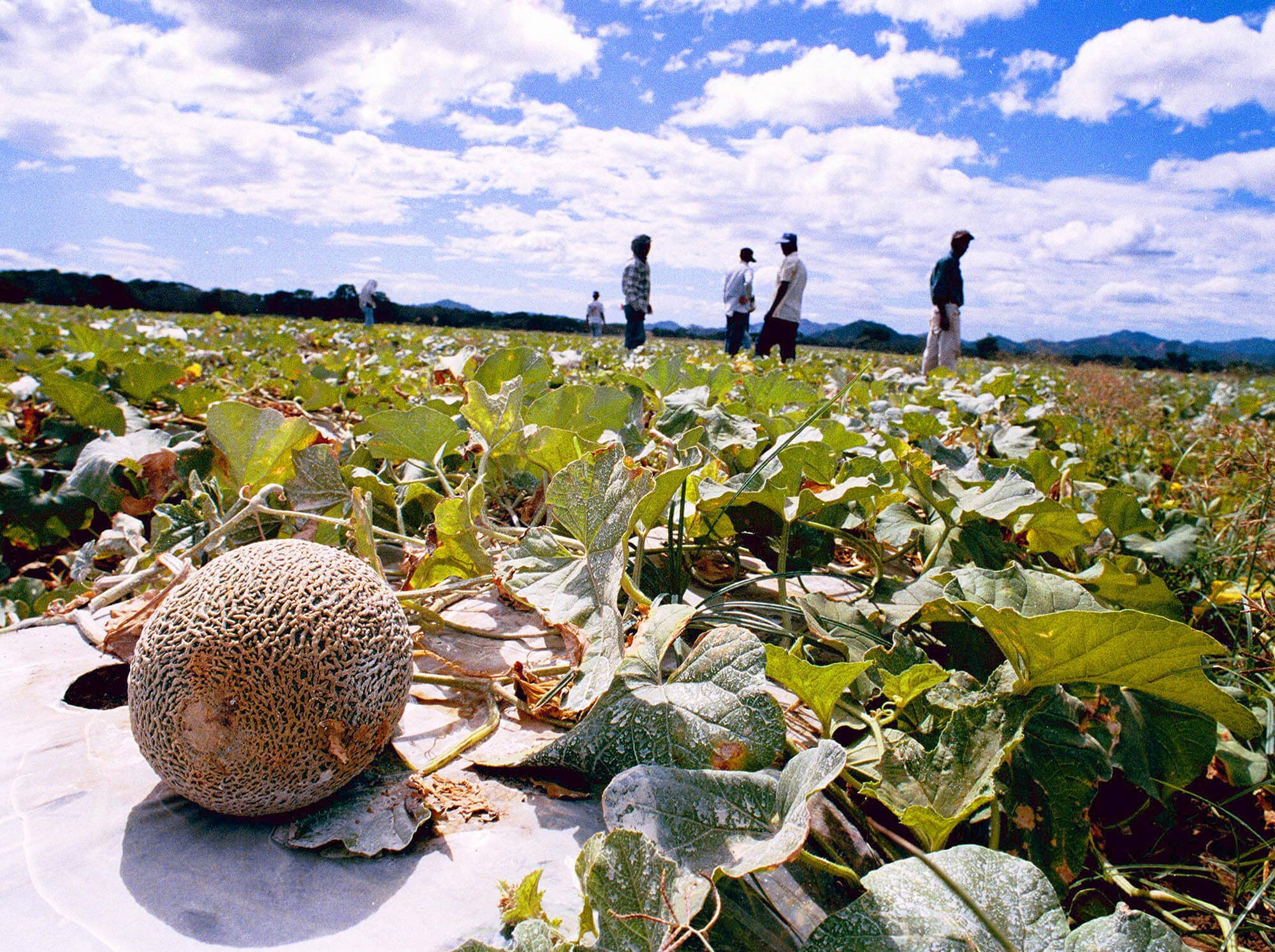The 4 Best Varieties of Melon
Melon is a very hydrating and diuretic fruit. It is low in calories because in every 100 grams of melon there are only 52.4 calories, which is supplied with 80% water. It is a delicious fruit so we leave you with the 4 best varieties of melon you can find.
The origin of the melon is very vague, it is not clear where it comes from. However, some authors affirm that the melon originates in Central Asia, while others place it in the African continent.
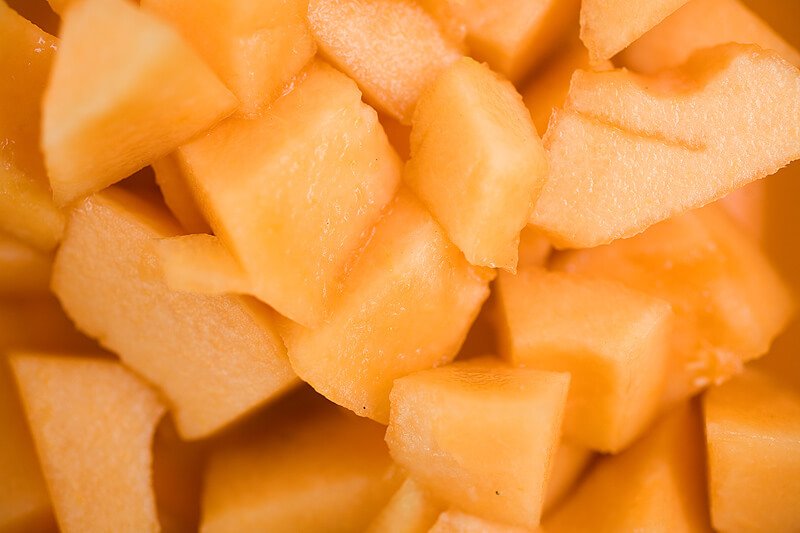
This is a round or elongated fruit, 20 to 30cm long and up to 5kg in weight. The rind can be either furrowed or smooth, light yellow, green or combinations of both depending on the variety.
The pulp is aromatic, juicy and sweet, can be white or greenish white, yellow and orange. It contains positive properties for health, being a source of collagen that helps regenerate the skin and its tissues, among others.
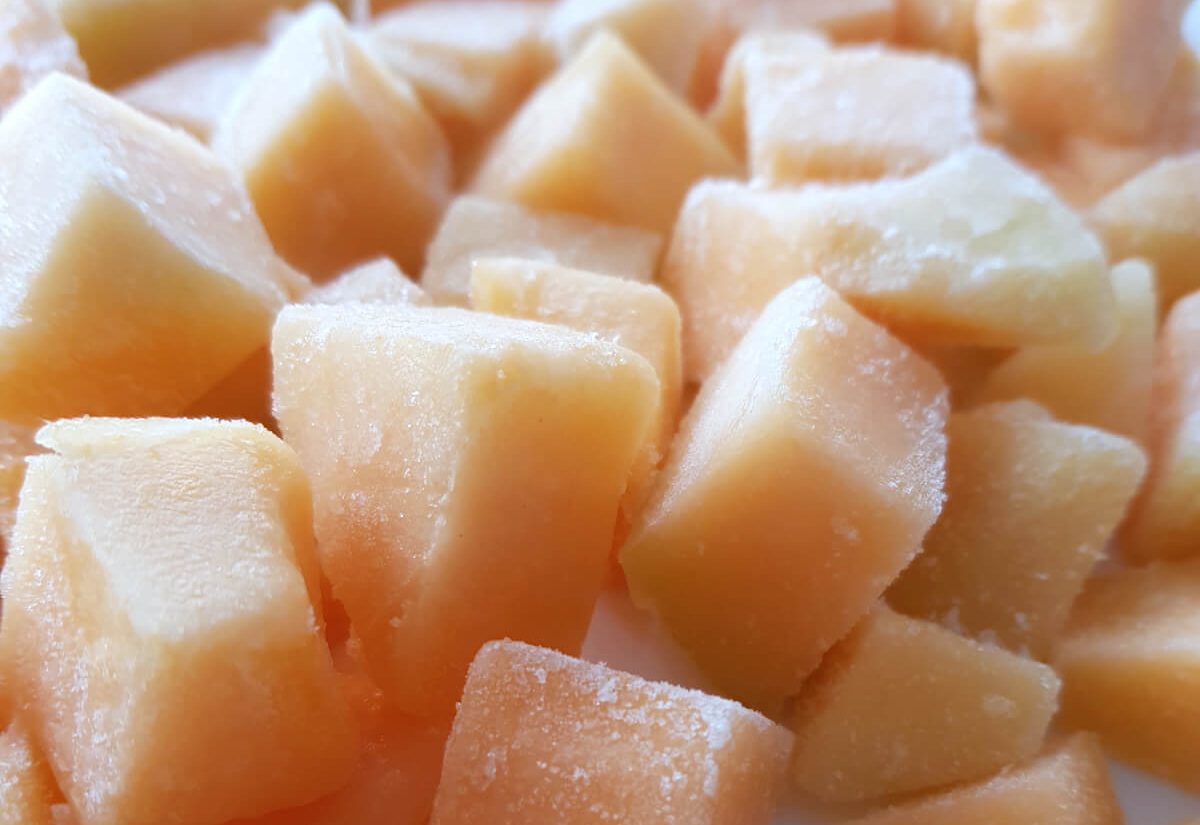
1. Cantaloupe Melon
Melon is a very refreshing fruit, full of natural sugars that gives it a very sweet flavor.
Cantaloupe melon is one of the most known varieties of melon there are. It has more aroma than the piel de sapo melon and a very characteristic sweetness. Although it is on the market all year round, the best time of the year is from June to August.
Originally from Armenia and introduced in the Italian region of Cantaloupe. Physically, the Cantaloupe is different from the one we are used to eating.
It has a rounded shape, its skin is greenish-yellow and thinner than the usual ones. Its flesh is orange.
The Cantaloupe grows naturally in the continents of Africa and Asia, it has been cultivated for more than 4000 years in various parts of the world.
Excellent exotic fruit to take as a snack or as an accompaniment to different dishes.
Very low in calories, but very rich in essential nutrients such as vitamins A and C, it is a variety belonging to the species Cucumis melo, its weight ranges from half a kilo to 5 kg.
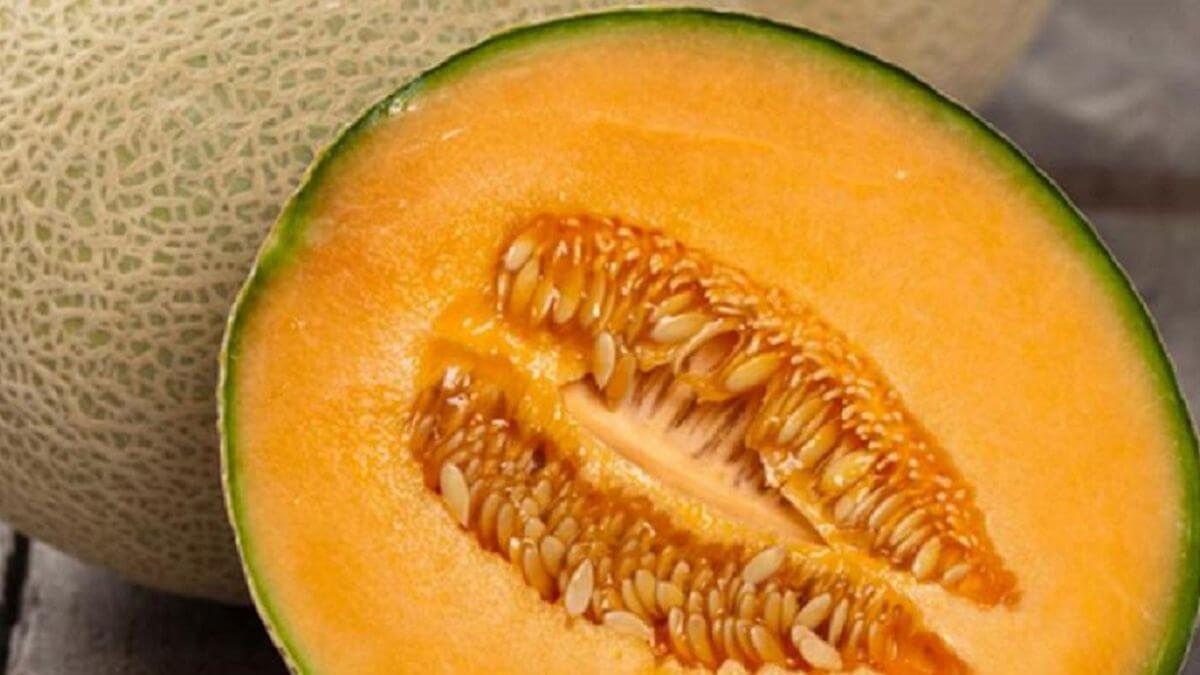
2. Honeydew Melon
Honeydew is one of the two main crop types of the Cucumis melo Inodorus group.
It is characterized by a smooth skin that varies from greenish to yellowish. Like most fruits, honeydew has seeds. The pulp is very juicy, sugary and crunchy, with a pale color.
The inner pulp is eaten, often as a dessert, either natural or frozen. They are oval in shape and usually weigh between 2 and 3 kilos.
Out of season they are exported from December to March in Brazil and until June in Costa Rica, they are used by companies such as Saluzzo located in Costa Rica, which processes various fruits such as melons in frozen form under an innovative system called Prime Freezing System, which preserves the properties of the fruit even after thawing.
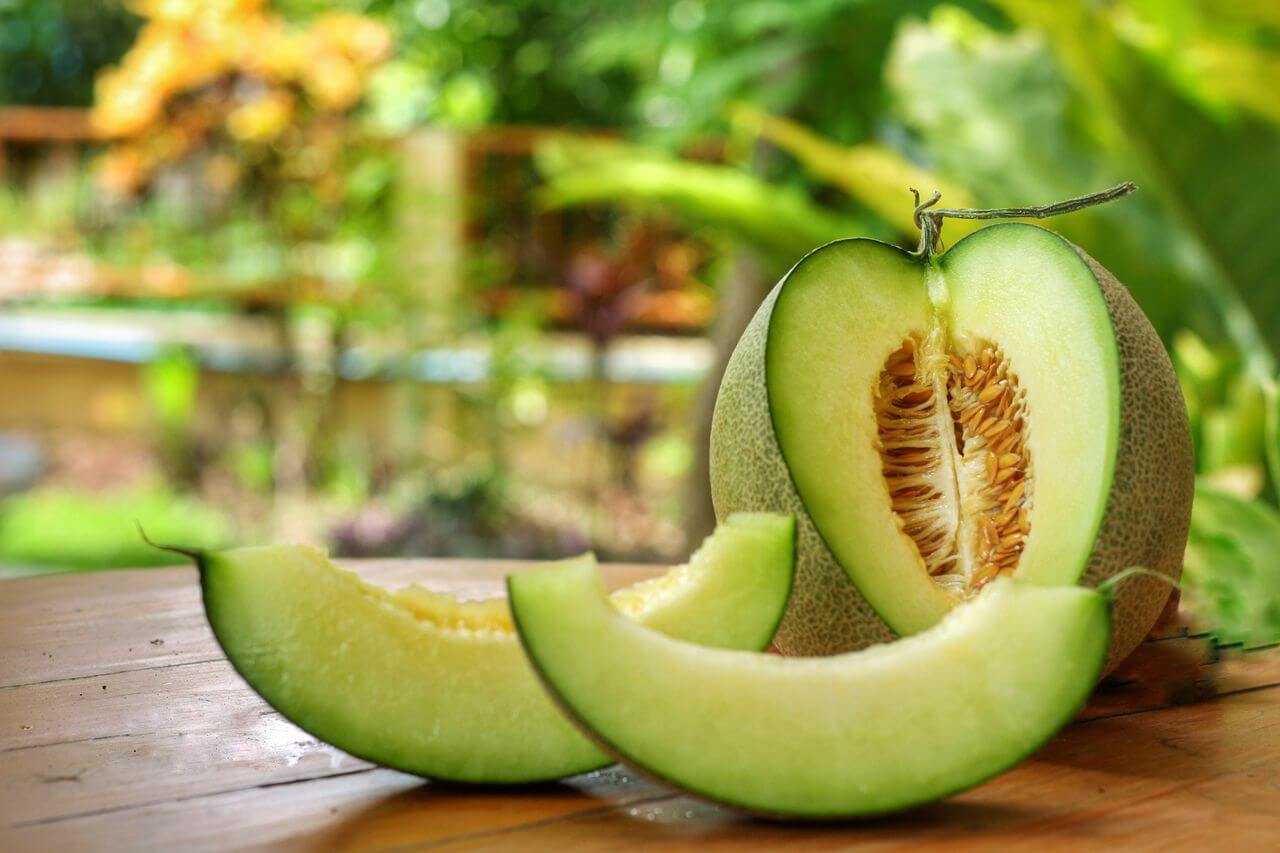
3. Piel de Sapo Melon
Piel de Sapo melon is a very rich oval-shaped variety, its flesh is yellowish, compact and crunchy with a sweet, refreshing, watery and aromatic flavor.
The piel de sapo melon has a green and rough skin very similar to that of the amphibian that gives it its name.
Our protagonist is a plant whose scientific name is Cucumis melo Santa Claus, so, as it could not be otherwise, it receives the names of Santa Claus melon or Christmas melon, as well as toad skin or toad skin melon.
It is the variety par excellence cultivated in Spain, although it is also harvested in other countries to a large extent, such as Costa Rica.
It has a very sweet flavor, even sweeter than other varieties. It is harvested from January to June, approximately, and is a very diuretic fruit as it contains more than 85% water in its composition.
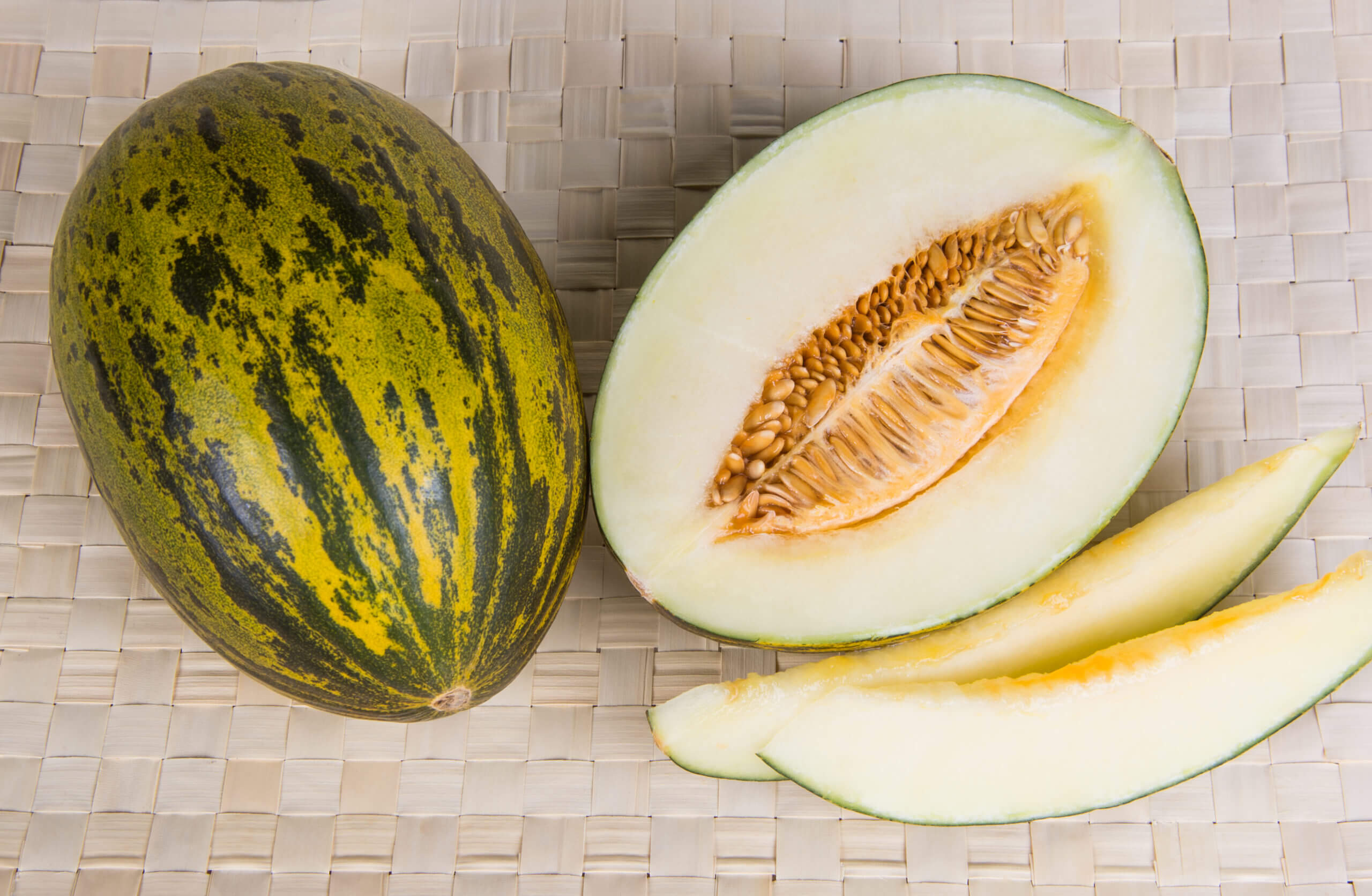
4. Yellow Melon
The yellow melon is undoubtedly one of the most attractive melons, thanks to its perfect balance of flavor and sweetness.
Its size is medium and is a little more rounded than the other varieties of melons, its color is intense and this variety usually has numerous fine cracks that characterize it.
The flesh is white and crunchy, its skin is quite tough, which makes this melon very resistant, just like the skin of the Piel de Sapo melon.
It has a very high Brix value (between 12 and 16), which means that its flavor is one of the sweetest on the market.
Like all other melons, it is full of vitamins that are beneficial for our body. Among them is vitamin A, one of the best antioxidants, which is found in greater quantities in melons with yellowish flesh.
Its main characteristic is that, if stored correctly in the refrigerator, it keeps for a long time.
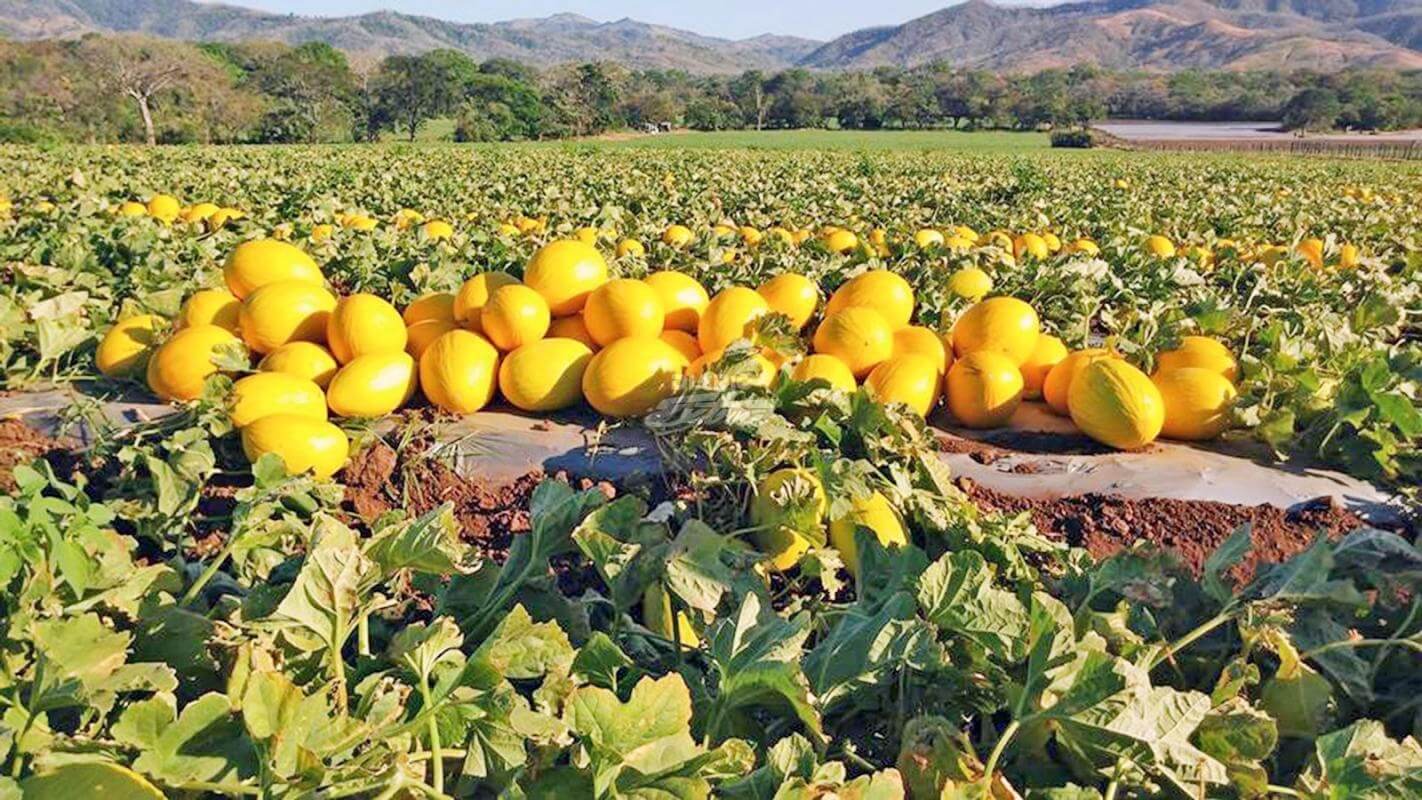
Melon Exports from Costa Rica
The melon is a herbaceous, climbing plant of the Cucurbitaceae family. It needs tropical, dry climates, soils rich in organic matter and well drained, so in Europe melons are imported from countries with tropical climates such as: Brazil, Costa Rica, Israel, Morocco, Honduras, Ecuador.
In 2020, Costa Rica exported $80.2M in melons, making it the 11th largest exporter of melons in the world.
In the same year, melons were the 28th most exported product in Costa Rica.
The main destination of Costa Rican melons are: Netherlands ($35.6M), United States ($17.7M), United Kingdom ($10.8M), Belgium ($2.7M), and Italy ($2.47M).
The fastest growing export markets for Costa Rican melons between 2019 and 2020 were Russia ($472k), Switzerland ($191k), and Panama ($54.2k).
